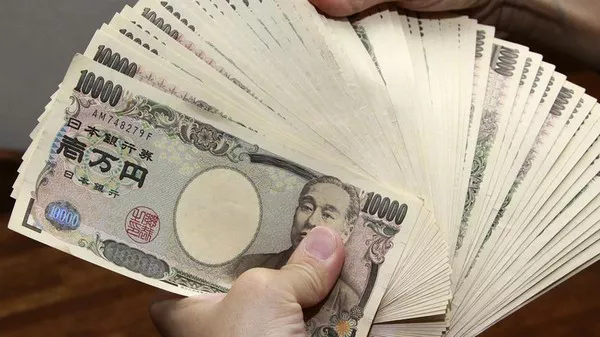The USD/JPY pair starts the week on a subdued note, consolidating recent gains that pushed it to the highest level since December 1986. Spot prices trade with a mild positive bias around the 161.00 mark, though further upside appears limited due to speculations of potential intervention by Japanese authorities to support the yen.
Japan’s Finance Minister Shunichi Suzuki emphasized the undesirability of excessive volatility in the currency market, suggesting that authorities are prepared to take appropriate measures. Concurrently, Japan appointed Atsushi Mimura as the new top foreign exchange diplomat, although his stance on currency policy remains unclear, offering little immediate relief to the yen. The wide interest rate differential between the U.S. and Japan continues to support the USD/JPY pair.
The Bank of Japan (BoJ) has yet to signal the timing of its next rate increase, contrasting with the U.S. Federal Reserve’s (Fed) more hawkish outlook following the June policy meeting, where only one interest rate cut was forecasted for 2024. The prospect of a Trump presidency, with potential aggressive tariffs, adds to inflation concerns, which could drive interest rates higher. This scenario has lifted U.S. Treasury bond yields to multi-week highs, bolstering the U.S. dollar and supporting the USD/JPY pair.
Despite these factors, markets are pricing in a higher likelihood of a Fed rate cut in September amid signs of easing inflation. The disinflationary trend was confirmed by the U.S. Personal Consumption Expenditures (PCE) Price Index, aligning with the Consumer Price Index (CPI) and Producer Price Index (PPI) for May. This trend may deter USD bulls from aggressive betting, potentially capping the USD/JPY pair’s upside.
Traders are now focused on key U.S. macroeconomic data due early in the new month, starting with the ISM Manufacturing PMI scheduled for release later on Monday, seeking fresh impetus for the market.
Related Topics:




























